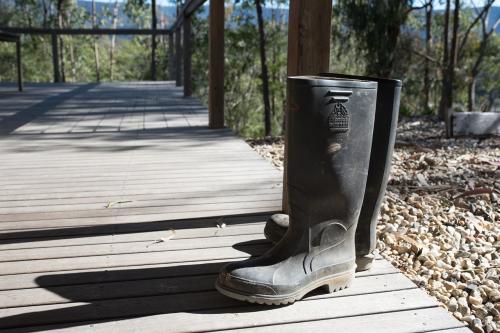Search results
Displaying 341 - 350 results of 1161
- NewsLegumes drive productivity in dryland pastures, but to reap the benefits of these protein-rich plants, it is important to select the right legume for the right …

- Resource book… lambs grow faster low worm contamination feed regular drenching reduce effects daily … try graze young calves low worm contamination feed andor share grazing area adult cattle … pasture check grazing ensure adequate quality feed grazing residuals 1600kgdmha maintain …
- Resource book… diversify existing business limitations planning diversification public infrastructure …
- External resource… dominati mackay maseyk fjf 2018 holistic farm planning using ecosystem approach advance farm … identified both farm scale beyond reporting feedback future goalsetting system should … identified both farm scale beyond reporting feedback future goalsetting system should …
- Factsheetcompany constitution insert name company constitution document constitutional document equity partnership form company should used conjunction shareholders agreement prepared completed consultation …
- NewsSpring is the ideal time to be on the look-out for subterranean (sub) clover in hill country and dryland pastures and implement management strategies to increase the population of this powerhouse …

- Page… pregnancy in their flocks, however if you are planning on sending sheep to sale or slaughter …
- Factsheet… disease prevention crucial provide adequate feed reduce stressful situations particularly … nutrition stress example sudden restriction feed intake late pregnancy due yarding … shelter during stormy weather decrease feed intake ewe increase energy demand any …
- PodcastThe Levy Oration is one of NZGA’s highest honours, and allows an invited speaker time to speak on the topic of their choosing. in honour of an early pioneer of grassland science Sir Bruce Levy. The …

- News… COVID-19 Lessons Learned is seeking public feedback. B+LNZ outlined farmers’ issues as …
